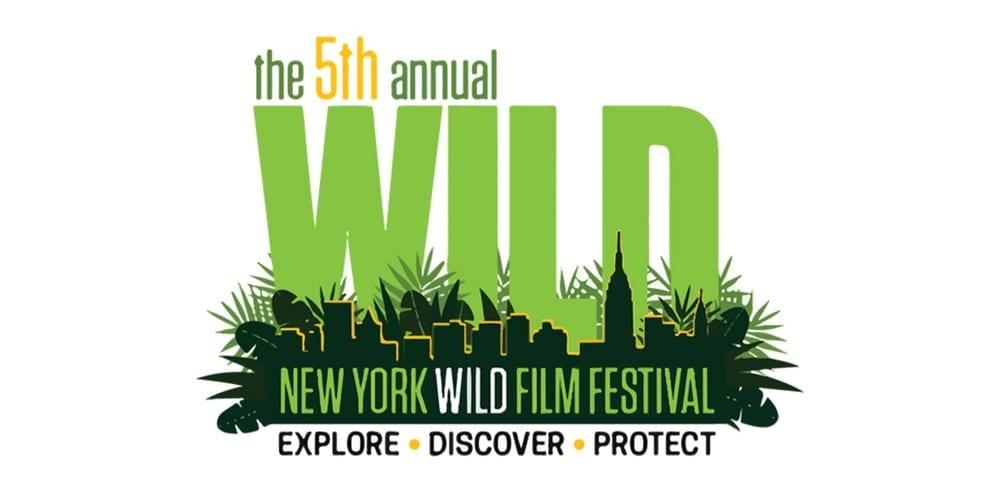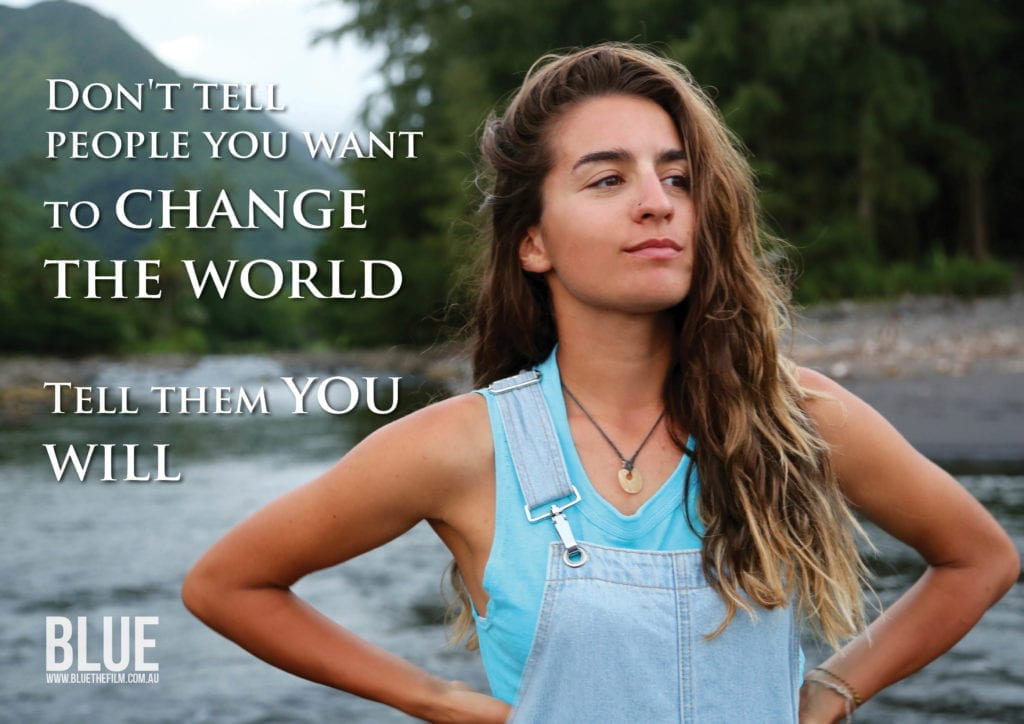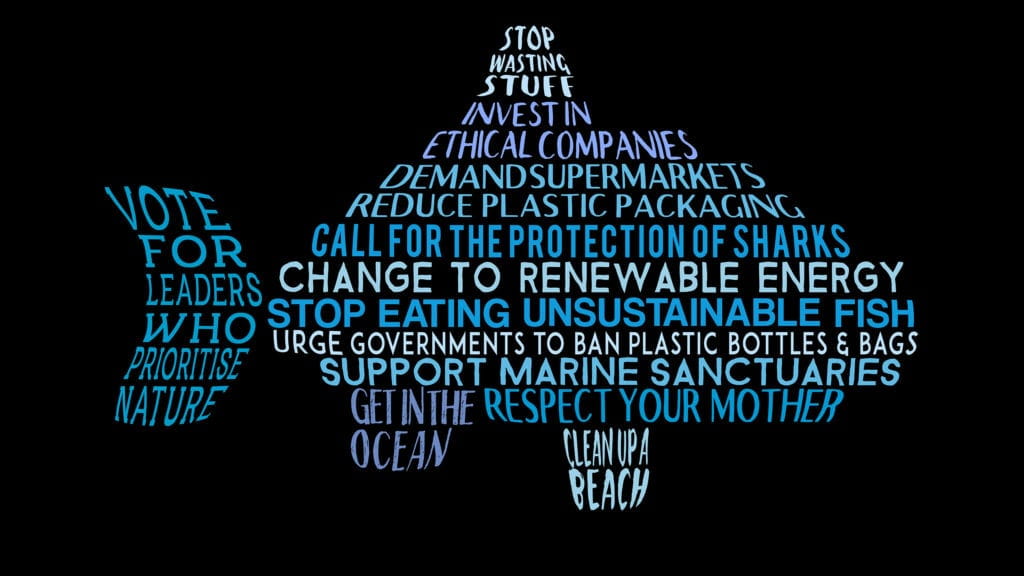
The weekend of February 22nd through the 25th marked the 5th Annual New York Wild Film Festival held at the Explorer’s Club in NYC. A few of us at the Office of Sustainability were fortunate to attend the Sunday Day Program of the Festival.
The films featured were BLUE, The Frozen Road, Ice Call: Backyards Project — Sam Favret, City on the Water, and Happening: A Clean Energy Revolution as well as NYU’s own “WILD in NY” Short Film Contest Finalist Unnatural. I interviewed my fellow NYU Office of Sustainability festival-goers to hear their thoughts on the inspiring and shocking footage we saw throughout the day.
BLUE

Aryn: “BLUE was a beautiful and haunting film about the state of our oceans. It gave me hope but didn’t shy away from showing REAL images of death and destruction in these ecosystems.”
Dylan: “I was immediately inspired from the second I walked into the screening of BLUE The Film, even though I was 30 minutes late. For one, the visuals of marine life and natural landscapes were simply spectacular, I would even say close to Planet Earth-level. What was even more amazing was how moved I was by the threats presented. I’ve seen a fair number of eco films and sometimes the meaning can be lost because it’s that same sad story of the polar bear, and we’re supposed to feel sad that they are dying, and I am, but overtime the feeling fades. In BLUE, the narrators are experts in their field, talking about the human impact on these species and how their endangerment threatens humans.”
Rae: “BLUE was an exceptional documentary that doesn’t dance around environmental issues. Through the use of extremely graphic, and at sometimes painful, clips, the audience was able to understand the severity of problems facing our oceans both from an ecological and equity standpoint.”
For more information on BLUE and ways that you can take action to save our oceans and become an #oceanguardian, check out the film’s website here.
City on the Water
Aryn: “New York City is an island and I was happy to see one of the short films [City on the Water] highlight that. I wish they had expanded to cover even more organizations and hope they do more profiles of work being done in New York’s diverse waterways in the future.”
Some organizations that weren’t featured in the film but are doing awesome things to protect and restore NYC’s waterways include Gotham Whale, Waterfront Alliance, Bronx River Alliance, and Gowanus Canal Conservancy.
Unnatural
Rae: “It is really refreshing to see students take action and create urban environmental content as seen in the Freshkills short [Unnatural].”
Learn more about Freshkills Park here.

My Takeaway
To echo Aryn, Dylan and Rae’s sentiments, I was particularly impressed with BLUE. For me, BLUE accomplished what so many environmental documentaries fail to–it was honest and raw about problems currently impacting marine and coastal ecosystems, but they emphasized the power of individual change. So often in watching environmental documentaries, you end up feeling hopeless, overwhelmed, and maybe even doomed.
By following a handful of experts in their fields related to ocean conservation, you realized you were watching a group of people whose daily lives are dedicated to taking real action to solve these issues. Unlike most environmental documentaries, BLUE left you feeling inspired and wanting to take action to protect ocean ecosystems–it invoked in viewers a feeling of hope and not one of doom.
That being said, the footage showed in the film was often upsetting–the one scene where the research scientist had to force a local seabird to regurgitate all of the plastic it had consumed was beyond heartbreaking. After watching BLUE, I felt compelled to reduce plastic from my life as much as possible for the well-being of marine and coastal ecosystems around the world. It’s daunting when you think of how much plastic is consumed and how much plastic exists, but it’s on us to do better for our oceans.
Check out the New York WILD Film Festival here for a full list of the featured projects.
